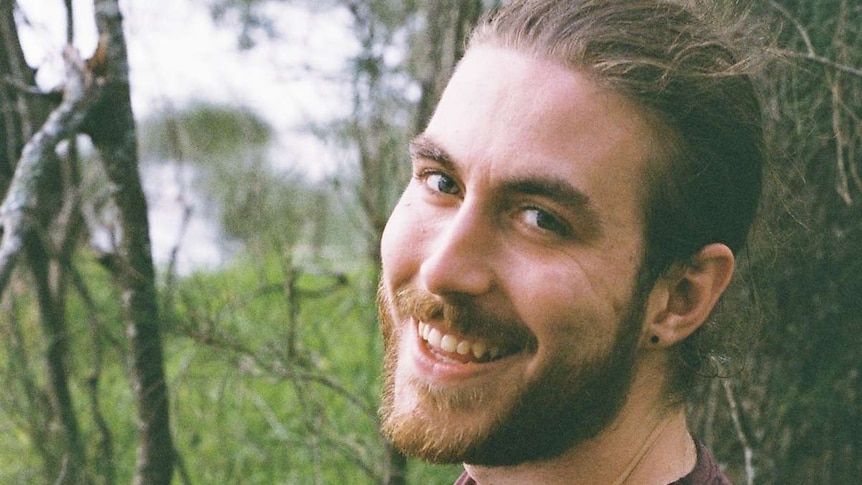Australia’s national peak body for suicide prevention is calling for urgent reforms to care offered at emergency departments for young people in mental distress.
Key points:
-
A report found Emergency Departments need to be improved to deal with young people in distress
-
Recommendations include trialling “alternatives” to ED for mental health crisis care
-
These could be separate “safe haven” facilities that aren’t located in hospitals
Suicide Prevention Australia consulted dozens of young people with lived experience of self-harm or suicidal ideation and found hospital emergency departments were poorly equipped to deal with young people needing critical mental health support.
The report’s authors recommend all states and territories fund trials for youth-specific “alternatives to ED” to better support young Australians who present to a hospital after self-harming or attempting suicide.
Nieves Murray, the CEO of Suicide Prevention Australia, said young people were being failed by EDs.
“Emergency departments are not the place for people in suicidal distress, particularly not younger people in suicidal distress.
“We need to co-design places for people in suicidal distress with the people who use them … particularly young people.”
Ms Murray said evidence showed that poor quality care for a young person’s first suicide attempt tended to lead to worse mental health outcomes, and highlighted the need for specialized “peer support workers”.
“It’s really critical that the first time that somebody tells their story, they’re telling it to someone who can actually assist them, to navigate through that.”
‘Sent home barefoot in a taxi’
Jack Heskett, 25, from Sydney, was 17 when they attempted to take their own life.
Jack said the months and years following were spent in a “revolving door” between home and presenting to emergency departments after multiple suicide attempts.
Jack, who was consulted in Suicide Prevention Australia’s report, believes EDs are a “terrifying” place to be when in acute mental distress, and can make patients like them feel significantly worse – not better.
“It feels overwhelming, it feels terrifying, and very isolating. You’re in a bed with very thin curtain partitions around you. But you can still hear absolutely everything going on around you, and can feel that chaos.
“It only seemed to add to that feeling that I was a burden.”
Jack remembers feeling particularly disappointed after one suicide attempt, when they left the hospital barefoot.
“I’d probably been in the ED for about eight hours… I was told once again, there’s not really anything more they can offer me. And that’s when I had to leave the ED, I didn’t even have any shoes on, and I had to get a taxi home.
“And it was terrifying for me, because I would swing in and out of these acute experiences, and then all of a sudden be at home, left quite isolated.
“Each time I was sent home with no support, it just solidified to me that there was no help.”
Jack said they were “lucky and privileged” to eventually receive extensive care at a private hospital with a specialized team to help with their treatment and mental health diagnoses.
‘Stop talking about 1950s solutions’
Ian Hickie from The University of Sydney’s Brain and Mind Centre, who was not involved in the report, agreed that EDs were at breaking point – and often weren’t appropriate places for young people in distress.
“We saw a movement in the 2000s to wanting to put more mental health in emergency departments as if it would fit easily. It doesn’t.
“It works for some people for some needs, but it hasn’t really worked for young people.
“It’s not that the health professionals don’t care. The system is under pressure. And the physical environment is very challenging.”
Professor Hickie said emergency departments played an important role for young people who have physical injuries after self-harming or a suicide attempt, but alternative places for acute care were needed for young people with psychological symptoms.
“It could be another safe location that can be staffed by people who have healthcare experience, or have personal experiences and provide a safe, supportive, warm, human environment.
“It might be close to a hospital, it might be quite separate.”
Professor Hickie said it was “time to stop talking about 1950s solutions and start talking about 2030 solutions” and that preventing youth suicides should be a priority for all governments.
“What we need is it to be at the top of every health minister’s list…young people’s mental health is the future of this country.”
Jack Heskett hoped alternatives to emergency department care were taken seriously by health departments around the country.
“These changes have been required for years. And this report only solidifies that standpoint that something needs to change – otherwise we’re just going to see more young Australians dying.”
Nieves Murray warned that youth suicide rates tend to worsen a few years after a traumatic event – like a global pandemic.
“We know that in two or three years’ time, that’s when we’re going to see the greatest risk for suicide. So if we don’t act now, we’re missing an opportunity to get ready for the distress levels as they increase over the coming few years.
“The time is now. We can’t wait.”
.
